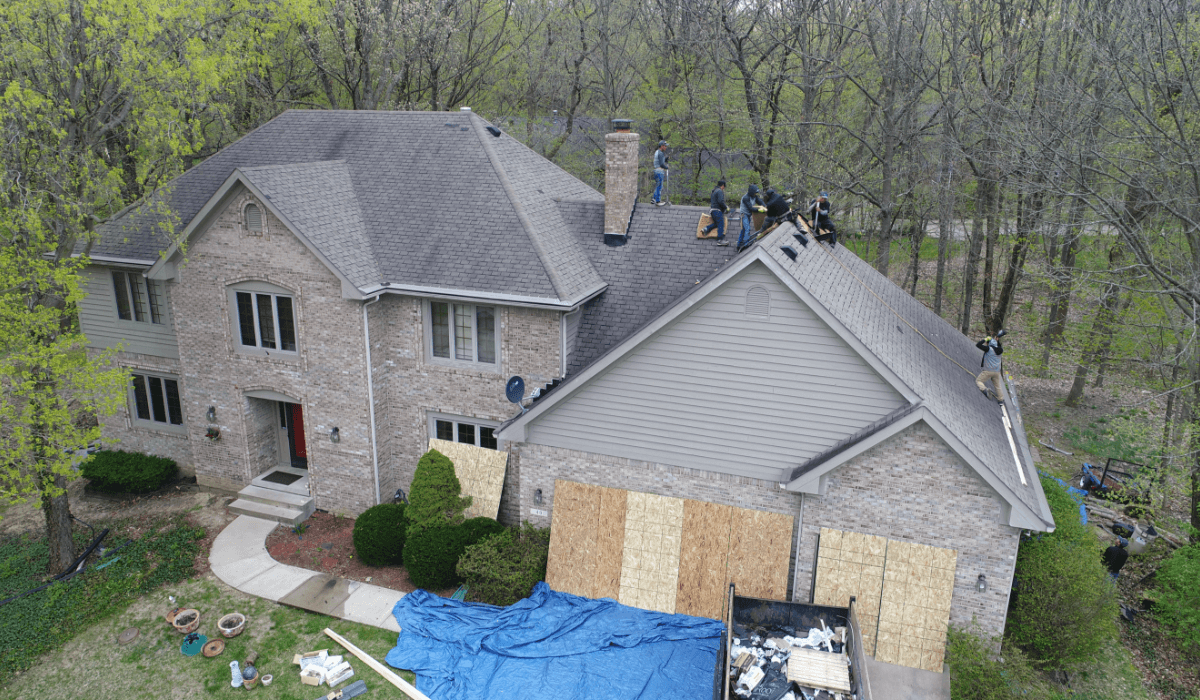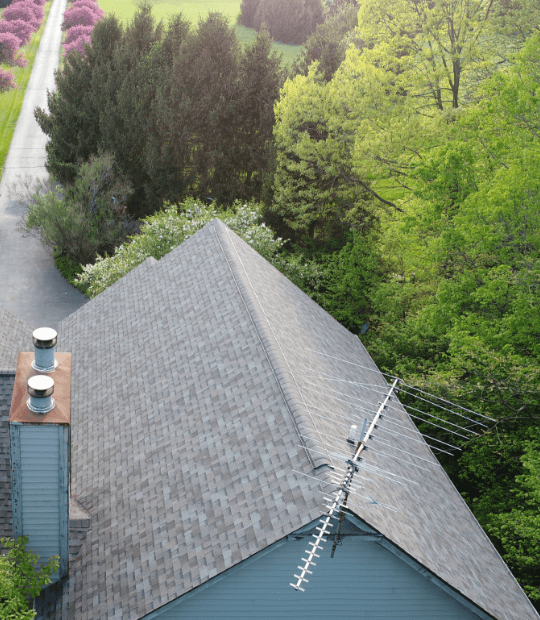Your home is your sanctuary, and your roof is its first line of defense against the elements. In regions prone to severe weather, such as thunderstorms, hurricanes, or heavy snowfall, maintaining a sturdy and resilient roof is crucial for safeguarding your property and your family. One essential practice in this regard is storm inspections. In this article, we will delve into the importance of storm inspections and how they can help protect your roof and home.
Understanding Storm Inspections
Storm inspections are systematic assessments of your roof and the exterior of your home following severe weather events. They are performed by trained professionals who have a keen eye for identifying storm-related damage. These inspections aim to uncover any issues that might have arisen due to high winds, hail, heavy rain, or flying debris during a storm. By addressing such problems promptly, you can prevent minor damage from evolving into major issues that could compromise your home's structural integrity.
The Importance of Timely Inspections
- Preventing Further Damage:
One of the most significant advantages of storm inspections is their ability to detect hidden damage. After a storm, some issues may not be immediately apparent. However, they can worsen over time, leading to costly repairs. Timely inspections allow you to identify and address these problems before they escalate, ultimately saving you money and preserving the longevity of your roof and home.
- Validating Insurance Claims:
In many cases, storm-related damage may be covered by your homeowner's insurance policy. However, insurance companies often require proof of the damage and its cause. A professional storm inspection report can serve as crucial documentation when filing a claim, increasing your chances of a successful and fair settlement.
Common Types of Storm Damage
- Wind Damage:
High winds can loosen or lift roofing materials, causing leaks and making your roof vulnerable to more extensive damage. Storm inspections can identify these issues and enable timely repairs.
- Hail Damage:
Hail can leave behind dents, cracks, and punctures on your roof's surface. Even small hailstones can cause significant harm. A thorough inspection can reveal hail damage and help you determine the extent of repairs needed.
- Water Damage:
Heavy rain and flooding can result in water intrusion, leading to interior damage and mold growth. Storm inspections assess the roof's ability to shed water efficiently and detect any weaknesses in the roofing system.
- Debris Impact:
Flying debris during storms can harm your roof, gutters, and siding. Storm inspections can pinpoint areas where repairs or replacements are necessary to restore your home's protective barrier.
Choosing a Qualified Inspector
To ensure the effectiveness of your storm inspection, it's essential to hire a qualified and experienced professional. Here are some factors to consider when selecting an inspector:
- Certification: Look for inspectors who are certified by reputable organizations, such as the National Roofing Contractors Association (NRCA) or the International Association of Certified Home Inspectors (InterNACHI).
- References: Ask for references from previous clients to gauge the inspector's reputation and competence.
- Insurance: Ensure that the inspector has liability insurance to cover any potential damage that might occur during the inspection.
- Local Knowledge: Local inspectors are often more familiar with the specific weather conditions and potential storm-related issues in your area.
The Inspection Process
A thorough storm inspection typically involves the following steps:
- Exterior Assessment:
Inspectors examine the roof, gutters, siding, and other exterior components for signs of damage. They check for loose or missing shingles, damaged flashing, and debris buildup.
- Interior Evaluation:
Inspectors may also assess the interior of your home for water stains, leaks, and other indicators of roof damage. This step helps determine if the storm damage has affected the interior as well.
- Documentation:
A professional inspector will document their findings, complete with photographs and descriptions of any damage discovered. This documentation is crucial when working with insurance companies or contractors for repairs.
- Recommendations:
Based on their assessment, inspectors provide recommendations for repairs or replacements. They may also estimate the cost of the necessary work.
Storm inspections are a proactive measure that can help protect your roof and home from the unpredictable forces of nature. By identifying and addressing storm-related damage promptly, you not only ensure the safety and comfort of your family but also maintain the long-term value of your property. Remember that hiring a qualified and certified inspector is key to obtaining accurate and reliable results. Don't wait for the next storm; schedule a storm inspection to safeguard your investment today.



